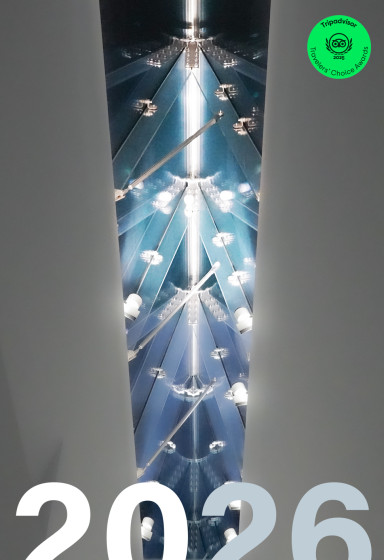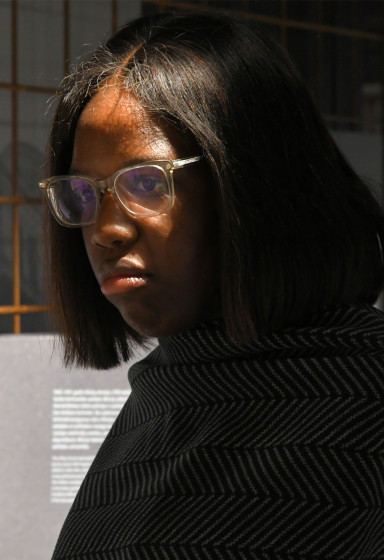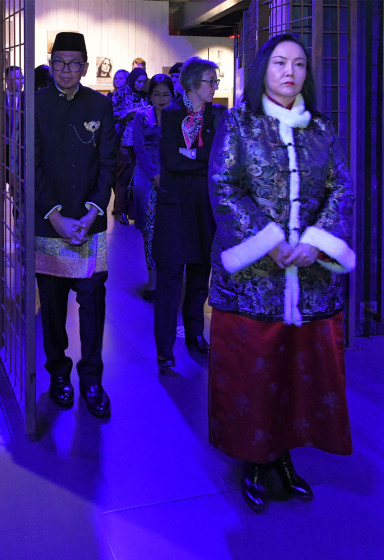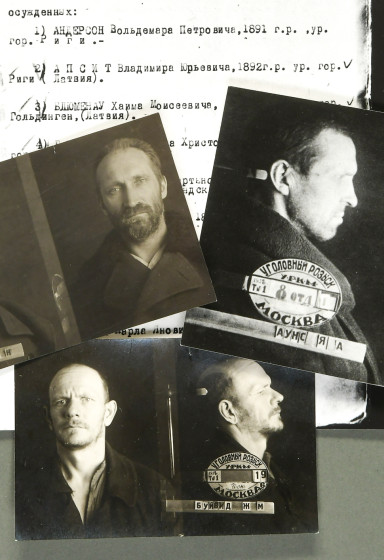Donate to Museum
Each donation helps to ensure the Museum's activities, allowing it to function and provide information for people from all over the world.
The Museum is grateful to each donor and invites everyone to contribute.
The Moving Sand Cinema Film “Through the Eyes of a Child”
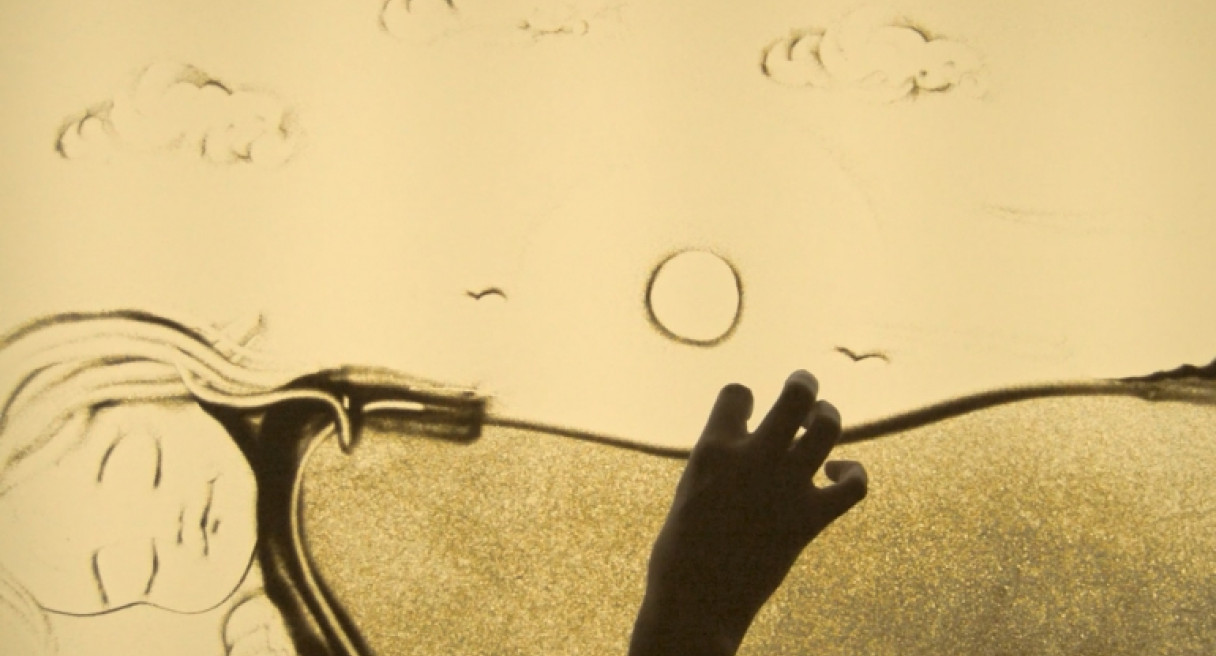
The March 1949 deportation was one of the worst Soviet crimes against the people of Latvia. 2.2% of the population were taken from Latvia and sent to Siberia. Amongst those deported was 4th grade school girl Nita Plezere and her family – her parents Alma and Kārlis, brother Dzintars and sister Anna. There are hardly any photos from the deportations as the Soviet repressive institutions closely monitored people to ensure that they did not take photographs. But Nita was only a child and her drawings depicted the reality of her life. She sent them, as postcards, to her Godmother in Latvia. Today her drawings are kept in the Museum of the Occupation of Latvia.
Using Nita’s drawings as a basis, artist Guna Zandere performed “Through the Eyes of a Child”, using the special sand cinema technique.
From Nita’s – full name Benita Eglīte, née Plezere – memories, recorded in 1996.
The day of the deportation:
“It was the first day of our school holidays: we were all still sleeping. It was early morning. When we woke up we saw Mongolian-type men with rifles. We were given only 20 minutes to get dressed and to take something with us. We couldn’t do anything, and they just kept saying – faster, faster, don’t just sit there, get ready. So we each grabbed whatever was closest at hand and went out to their truck.”
School life at Odessa Village school, Odessa Region, Omsk Oblast.
“...we were four Latvians in the same grade – we spoke only Russian with each other. Some children weren’t afraid and always asked us something in Latvian – and then we ran off and tried not to go near, because we thought Latvian might be spoken again.”
The return to Latvia:
“…Gradually they let us leave. Unexpectedly a family received permission to leave early in 1956. Then we all became anxious – why hadn’t we received permission to leave? When I finished high school, I wanted to study. Mother’s sisters, my aunts, were in Riga. I thought, I could live with them and study in Latvia. But I was told in Omsk that I had come with my family, and I must leave with my family. So I began studying at the University of Omsk, but in October we were allowed to leave.”
